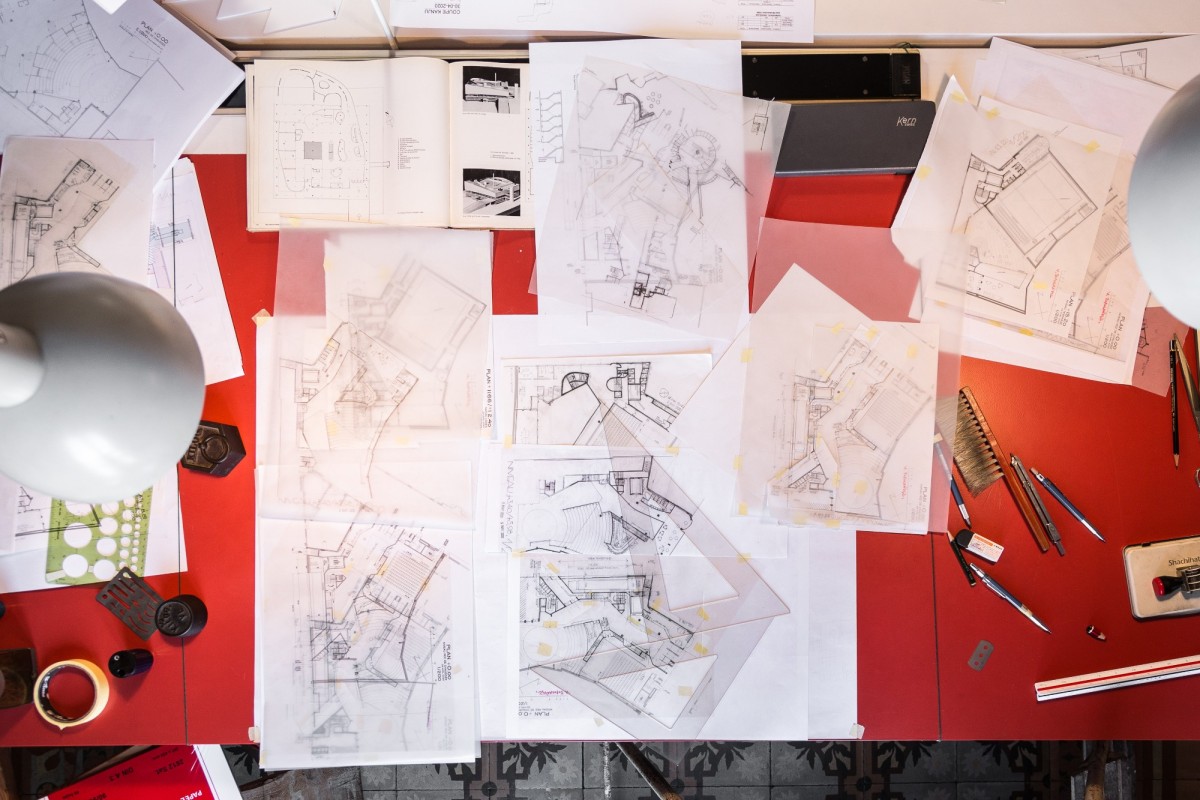Drawing without erasing
 Judith Casas
Judith Casas
Catalan duo Ricardo Flores & Eva Prats use drawing as a fundamental element in their design process. They thus map out history and meanings of a place. In their built work, they show great respect to what is already there by making subtle additions, shifting meanings towards a new function. They call themselves architects who “draw without erasing”. In their idea, space can be read in layers, new and old, without erasing the previous life of the place. The office’s biggest project in Belgium to date is the Théâtre des Variétés in Brussels, scheduled to open in 2026.
Ricardo Flores describes their approach as follows:
The advantage of working with existing buildings, in places where you have not taken part in their creation, is that one can play the role of an observer. You begin by observing… things made by others, things that you discover as a visitor. In our case, we observe by drawing, recording everything, including what we value and what we don’t, until it becomes our own drawing, our own project, which we then begin to modify, adapting the existing to fit the new brief. We are interested in drawing with time, without the need to erase or prioritize one era over another, incorporating the temporal dimension of buildings, not from nostalgia but from memory. Drawing the existing to get to know it is, at the same time, an exercise in making it one’s own. In that drawing, the different generations that built it are all expressed at once.
The lecture will take place at TRACK located in the former train museum in Brussels North Station. A living example of a space that is being continuosly reinvented. TRACK is an experimental crossroad linking creation, education and performance in Brussels’ North station. An urban lab for research into shared and mixed space usage, new forms of collaboration and a creative economy that is social, circular and financially sustainable.



